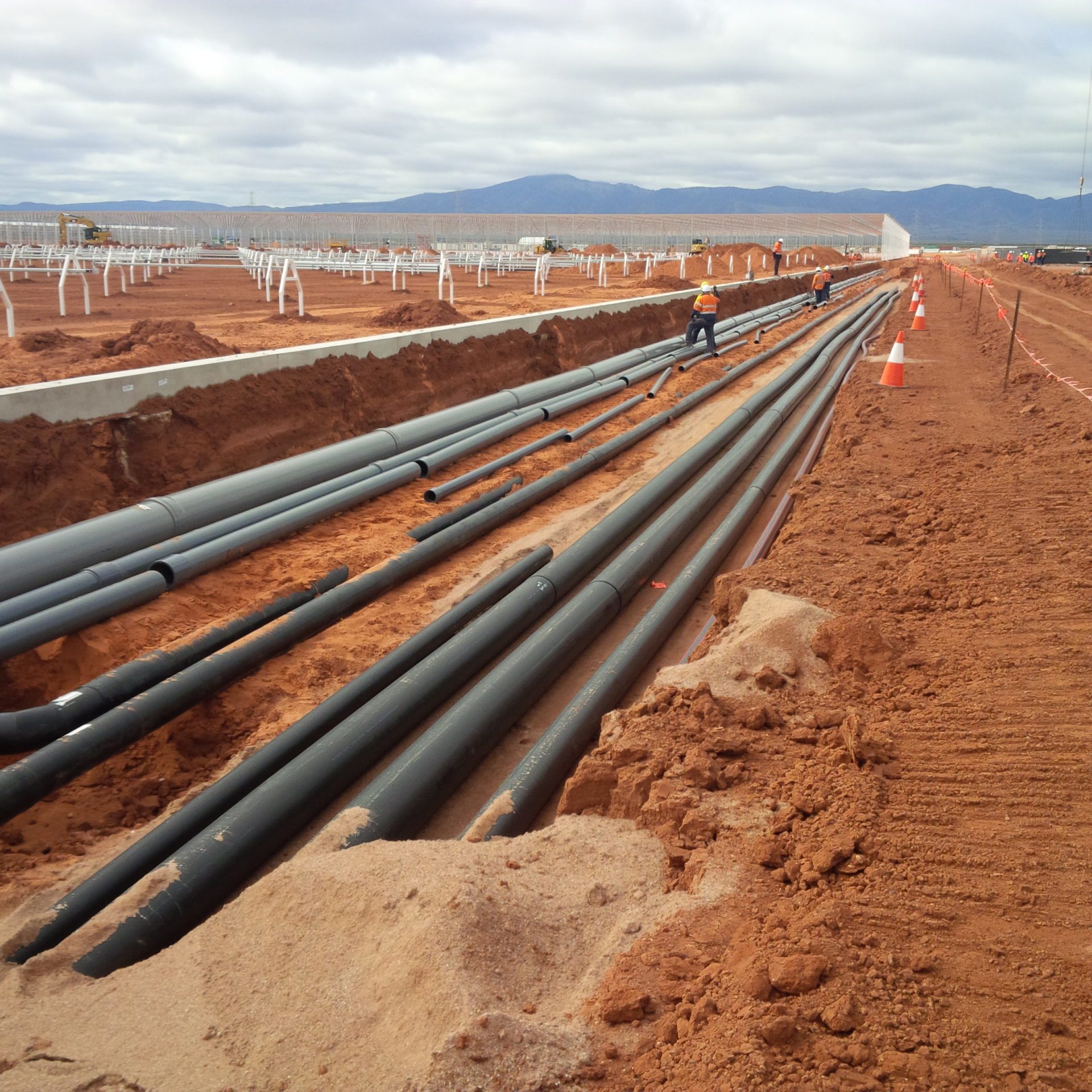The smartest way to speed up your upgrade from steel to poly pipe

Using your existing maintenance program, combined with a plan of what you want to achieve, is the simplest place to start. By speaking to a supplier like us, you can achieve your vision over time, without sacrificing either your budget or your management’s goodwill.
###Take a few minutes to think forwards
There isn’t any trick to it. It simply takes a little bit of time to think forwards: What are you wanting to achieve? Who might you need to get on board to do it? And what types of working relationships are going to support you to do it?
Upgrade from steel to poly pipe
For example, if your existing pipe is in a smelter situation, but it’s steel, then you will already be progressively replacing the pipe with polyethylene pipe. However, it’s a reactive process: Replacing whatever is most corroded and at risk of failure with polyethylene.
Try to get into a position where you can pair necessary replacement with one more length along a critical flow point. This way, you will find yourself reducing the replacement program by years. And you will get yourself a corrosion-free, leak-free pipeline in short order!
Upgrading the materials in your pipeline might be a bit of a pipe dream. Between the realities of a live pipeline and the restrictions of capital expenditure, simply going all-in on replacing your pipeline might be impossible.
But there are some ways that you can do it.
Leverage your existing maintenance program
Using your existing maintenance program, combined with a plan of what you want to achieve, is the simplest place to start. By speaking to a supplier like us, you can achieve your vision over time, without sacrificing either your budget or your management’s goodwill.
###Take a few minutes to think forwards
There isn’t any trick to it. It simply takes a little bit of time to think forwards: What are you wanting to achieve? Who might you need to get on board to do it? And what types of working relationships are going to support you to do it?
For example, if your existing pipe is in a smelter situation, but it’s steel, then you will already be progressively replacing the pipe with polyethylene pipe. However, it’s a reactive process: Replacing whatever is most corroded and at risk of failure with polyethylene.
Try to get into a position where you can pair necessary replacement with one more length along a critical flow point. This way, you will find yourself reducing the replacement program by years. And you will get yourself a corrosion-free, leak-free pipeline in short order!
One thing you can do right now
Here is something that you can do right now, over a cup of coffee:
Take five minutes and think about your forward maintenance plan. Specifically, ask two questions that will allow you to be smart about your planning:
- What sections of the line are going to require replacement soon (as opposed to immediately)?
- Which sections of the line have the highest maintenance load?
By replacing the highest maintenance load sections with polyethylene pipe, you’ll claw back the time you need to replace the remainder.
By replacing the one additional section that needs replacement soon, alongside a section that requires replacement immediately, you’ll also gain yourself time.
These two steps will put you on the front foot with your pipeline’s maintenance. They are also the simplest ways to speed up your line’s material replacement—without needing capital expenditure to do it, or unnecessary and expensive shutdowns.
It’s a powerful combination that saves you time and money, and keeps your pipeline humming.
Here’s how to get more tips to help you improve your own outcomes
With the right information to hand, you will be able to make good decisions, confident that you’ve got reliable information. To stay informed with the latest information that will keep your pipeline moving, opt into our mailing list today

